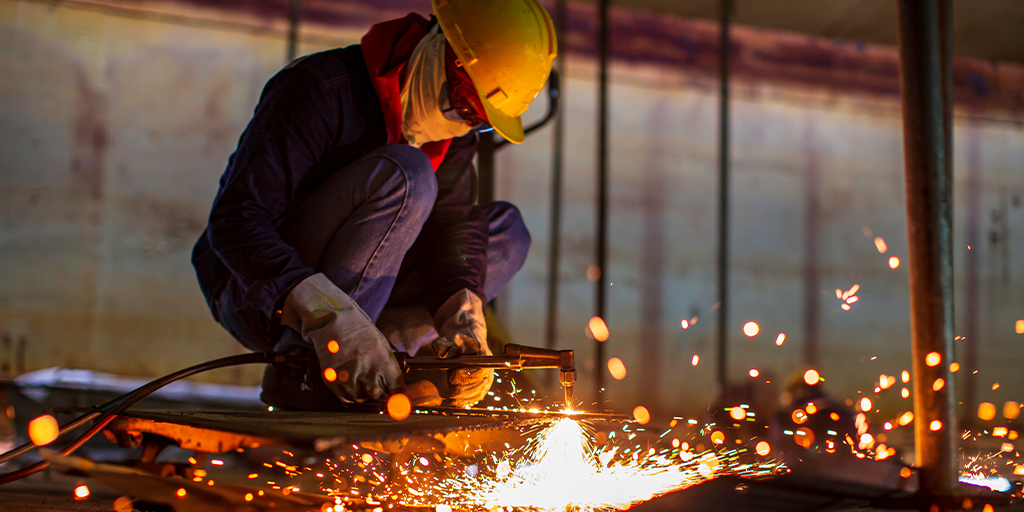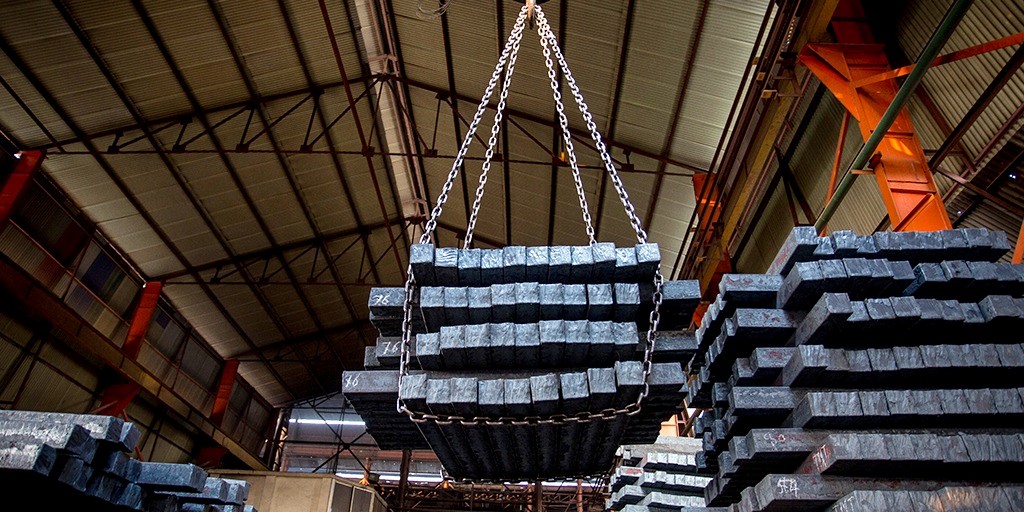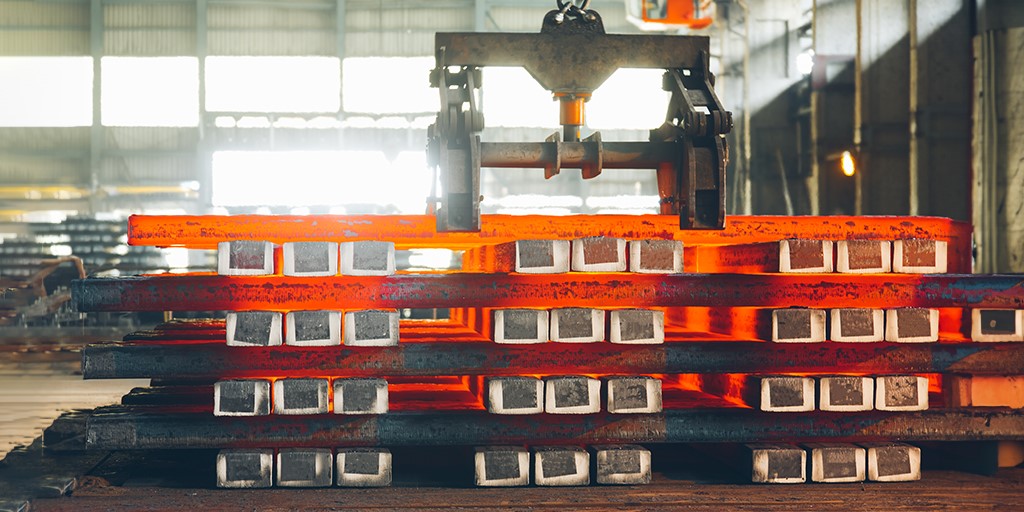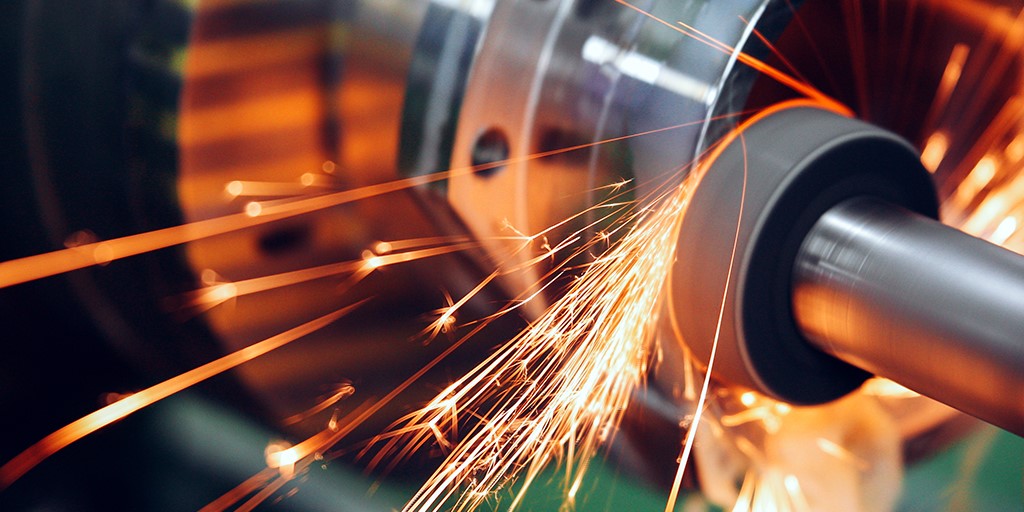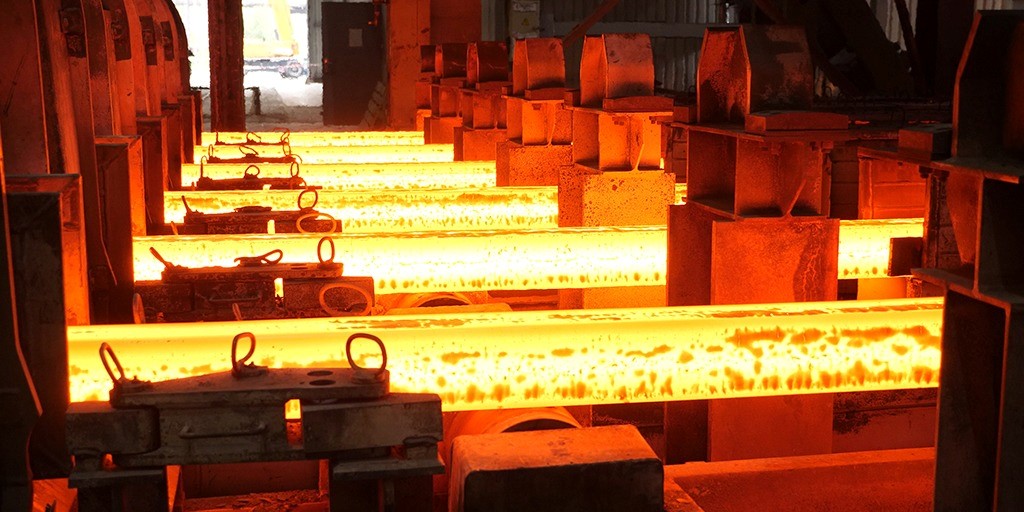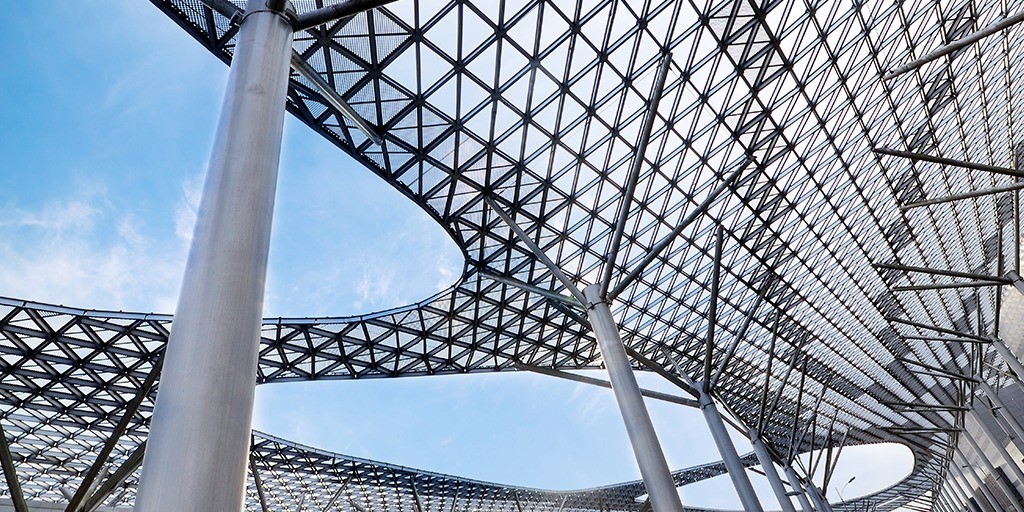
The Role of Steel in Modern Architecture
Introduction
In the changing environment of modern architecture, steel is one of the most important materials. With its inherent strength, infinite flexibility, and adaptability, steel has become the backbone of modern architecture. Steel has altered the very essence of modern architecture while creating a multitude of new design opportunities.
Steel has evolved from a building material to a preferred choice for architects. Because it can be easily assembled, which saves time and pushes the boundaries of architectural design. Today, steel has connected many generations with its sustainability and helped architects design sleek, modern structures.
Many Hats of Steel in Modern Architecture
Steel plays an important role in modern architecture, which improves the aesthetics and functionality of building designs. There are various aspects of steel that designers use, from decorative elements to structural supports, to craft stunning and robust structures. Together, let us examine the various roles steel plays in crafting the world around us:
- 1) Enhance performance:
Steel stands out as a commendable choice for reinforcing buildings because of its robust nature. Moreover, its flexibility allows architects to enhance their designs in various ways. Whether it’s utilising enhancing steel screens to carefully control light and wind current or joining unusual steel figures to form captivating central focuses, these steel adornments can add both magnificence and usefulness to a building. With the imaginative utilisation of steel, modellers can accomplish their maintainability objectives without ever compromising on the imaginativeness and excellence of their designs.
- 2) Supportive Structure:
An extremely strong and comforting steel system is at the very core of every affordable housing. Bars, columns, and trusses created from reused steel give the solid, immovable basic astuteness required to bolster eco-friendly, green buildings. These fundamental steel components not only guarantee the steadiness and security of a structure, but also permit planners to optimise space, upgrade characteristic lighting, and minimise natural effects. Steel’s characteristic quality and momentous strength make it the perfect choice for an economical design that will stand the test of time.
- 3) Safety and Durability:
In the face of growing climate change concerns, steel is a robust solution offering unparalleled resilience to adverse weather conditions and seismic events. Architects and engineers prefer steel as an essential component to protect occupants and the environment. Steel anchor bolts, braces, and connectors ensure that structures remain secure and steady to safeguard the planet for future generations. This gives steel as well as the architects using it, an important sense of security and peace of mind.
- 4) Flexibility in Design:
The foremost characteristic of steel’s design is its boundless adaptability. When incorporating steel into their projects, architects can integrate all the creative energy and inventiveness. Whether it’s planning secluded structures that can be effortlessly dismantled and reused or making versatile reuse ventures that breathe unused life into ancient buildings, steel permits unending possibilities. Steel’s flexible nature empowers architects to make structures that are stylish and sustainable. With steel, the sky’s the limit when it comes to imaginative, forward-thinking plans.
In the pursuit of a greener future, architects rely on steel because it reduces the carbon footprint significantly. The future of architecture favours flexible structures, especially in the face of climate change and urban growth. Even after ages, steel will always be the first choice for designers because of its durability and adaptability. Shyam Metalics is dedicated to providing high-quality steel for engineers to use in shaping tomorrow’s architectural advancements.




